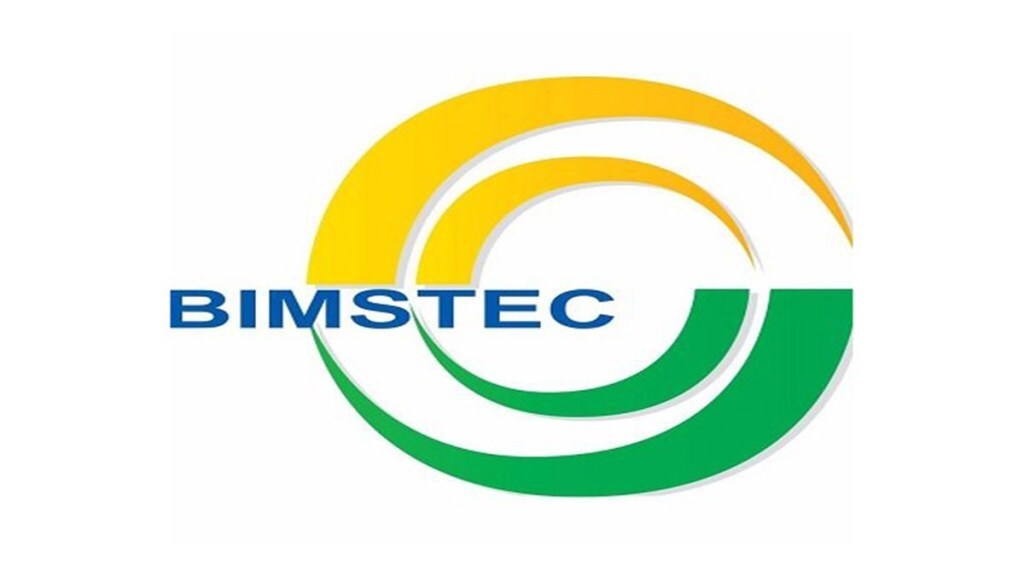By Prabir De
The sixth Bay of Bengal Initiative for Multi-Sectoral Technical and Economic Cooperation (BIMSTEC) summit is taking place in Bangkok this week. Its key deliverables, as reported by the BIMSTEC Secretariat, are likely to be the Bangkok Vision 2030, the Report of the Eminent Persons’ Group on the Future Direction of BIMSTEC, BIMSTEC maritime cooperation agreement, and the summit declaration.
The BIMSTEC was set up in 1997. In the last 27 years, five summits have taken place, marking one in almost every five years. In sharp contrast, the Asia-Pacific Economic Cooperation leaders never gave a miss to the APEC summit from 1993 onwards. Summits matter a lot while chasing regional aspirations and narrowing the differences.
BIMSTEC is at a crossroads. Political differences among some members are cropping up and diluting the regional strength. BIMSTEC’s collective strength is being undermined. Today, no other region can match BIMSTEC in terms of its cultural and natural resources, access to the Bay of Bengal, and the vast — mostly unlocked — market. A growing sense of community in BIMSTEC is yet missing. BIMSTEC can achieve enormous prosperity provided member-states pledge to strengthen regional integration by leaving aside narrow politics and domestic targets.
BIMSTEC brings together 1.67 billion people, a combined GDP of $2.88 trillion, and a source of high-value energy. Member-states like India have a GDP target of $30 trillion by 2047. Bangladesh aims to become a $1-trillion economy by 2031. Bangladesh and Nepal are going to join the group of developing countries next year. Sri Lanka is rebooting its economy through structural reforms. BIMSTEC can build the regional economies by increasing trade links and improving connectivity leading to mutual gain from complementarities.
Intra-BIMSTEC trade has grown to $60 billion in 2023 from $5 billion in 2000. However, the region is yet to agree upon a regional free trade agreement for which negotiation has been ongoing for over two decades. Along with trade, foreign investment flows have grown. Nonetheless, a free flow of foreign direct investment is crucial for regional or global value chains.
Only a few projects are completed. For example, the BIMSTEC connectivity master plan is now ready, and has identified 267 projects with $124 billion worth of investment opportunities. The master plan requires many updates if we do not want a permanent stop. The most encouraging part is that Bay of Bengal ports offer high investment opportunities.
Member-states have ratified the BIMSTEC energy grid inter-connectivity, but it is yet to be utilised. They have also ratified the BIMSTEC Convention on Cooperation in Combating International Terrorism, Transnational Organised Crime and Illicit Drug Trafficking, but it is yet to come into effect.
Ongoing global uncertainties pose a serious threat to regional integration everywhere. Strengthening the region through a charter could be a turning point for the BIMSTEC region.
Member-states set up the BIMSTEC Secretariat in Dhaka, and Bangladesh has been very supportive in running it. India has extended unilateral financial and technical support to the secretariat in the past. Others too must take interest in strengthening the secretariat.
In order to energise BIMSTEC, a quick implementation of the BIMSTEC Maritime Cooperation Agreement is a must. Trade facilitation projects can speed up integration. Multi-modal connectivity will certainly help landlocked Bhutan and Nepal, and also Bangladesh to get market access to Southeast Asia.
BIMSTEC’s priorities would be to deepen integration by promoting trade, investment, tourism, and people-to-people contacts; complete trade negotiations; and encourage cooperation in Industry 4.0, culture, public health, disaster management, climate issues, etc.
The secretariat should aim for some of the low-hanging fruits to foster regional integration such as renewable energy, digital payments, education, and health (traditional and non-traditional). India hosted the first BIMSTEC Business Summit in 2024; others must also contribute to the business-to-business prospects.
The foundation of BIMSTEC’s economic growth has been a rules-based open multilateral trading system. When multilateralism is not fully functional, regional integration may pave the way for higher growth and development. The Association of Southeast Asian Nations model of engaging dialogue partners in connectivity and regional integration programmes has many important lessons for BIMSTEC.
Regional integration works well when all member-states contribute and follow a “prosper-thy-neighbour” policy. Credibility may diminish slowly if they fail to uphold regional integration commitments.
Bangladesh will be the next chair of BIMSTEC. India-Bangladesh ties are thus crucial to running the organisation. In the backdrop of the growing global disorder, the BIMSTEC Summit is an opportunity to build a new economic foundation for the Bay of Bengal region that harnesses its collective strength and shared culture.
The writer is professor, Research and Information System for Developing Countries, New Delhi.
Disclaimer: Views expressed are personal and do not reflect the official position or policy of FinancialExpress.com. Reproducing this content without permission is prohibited.


